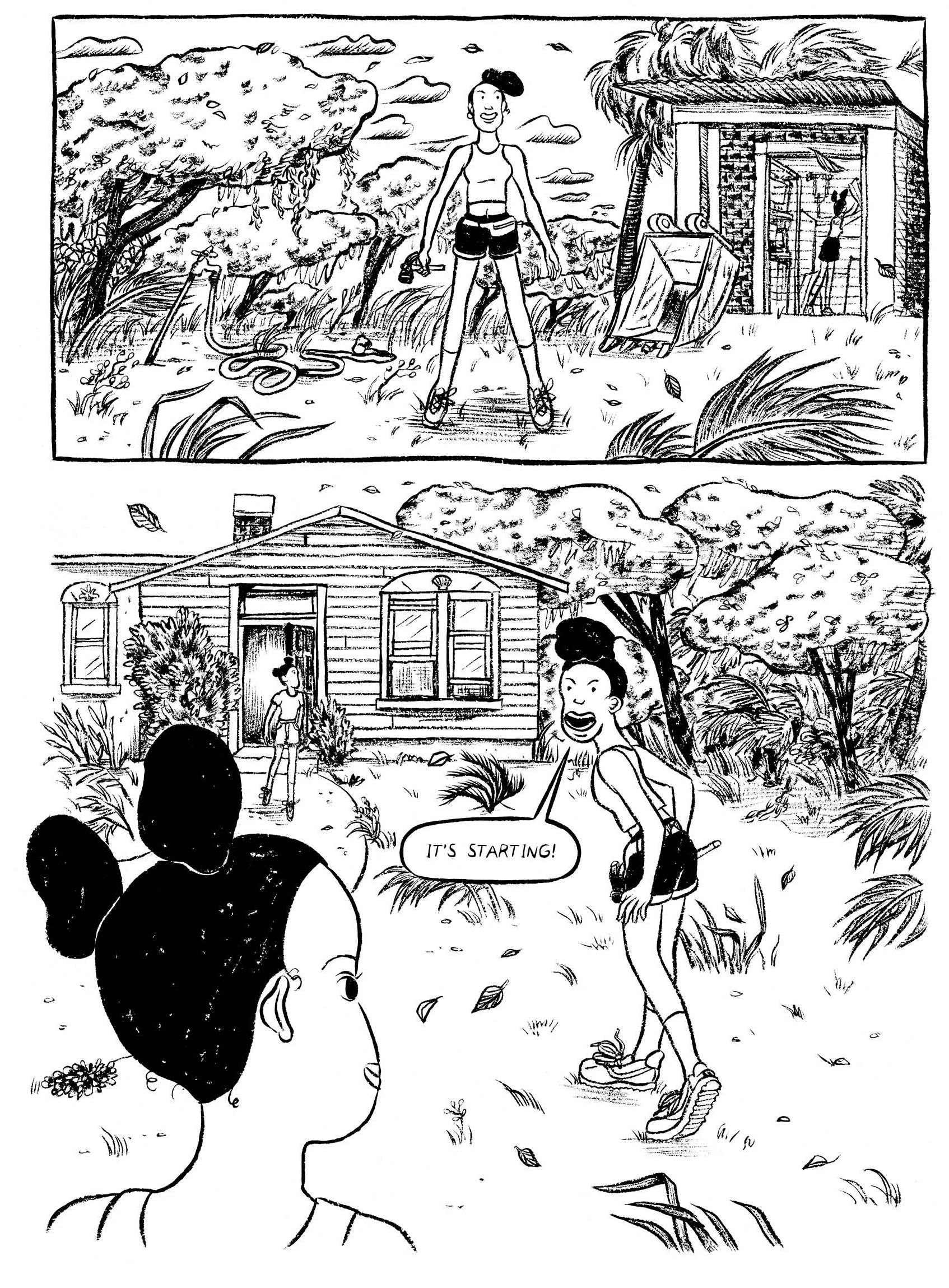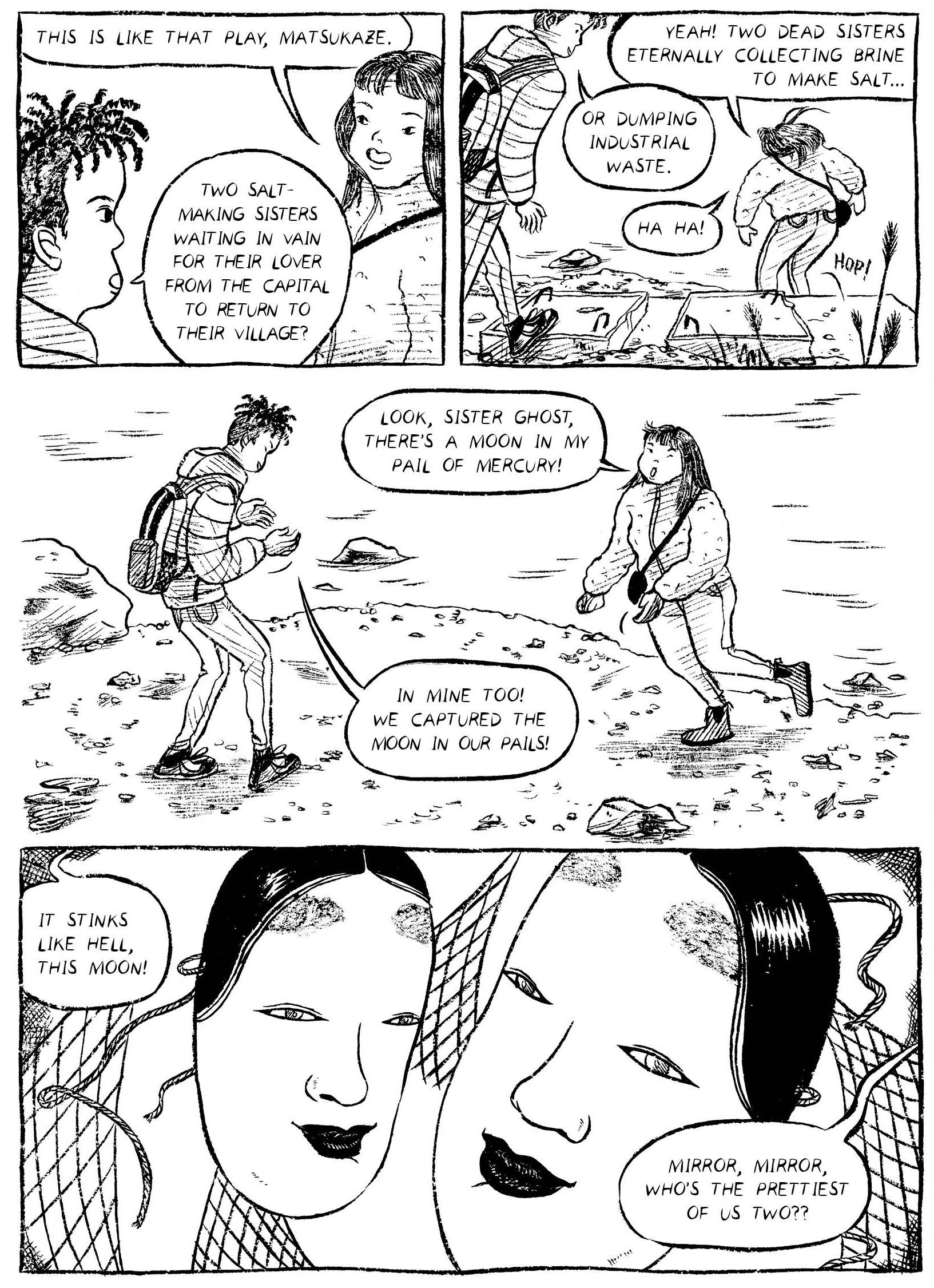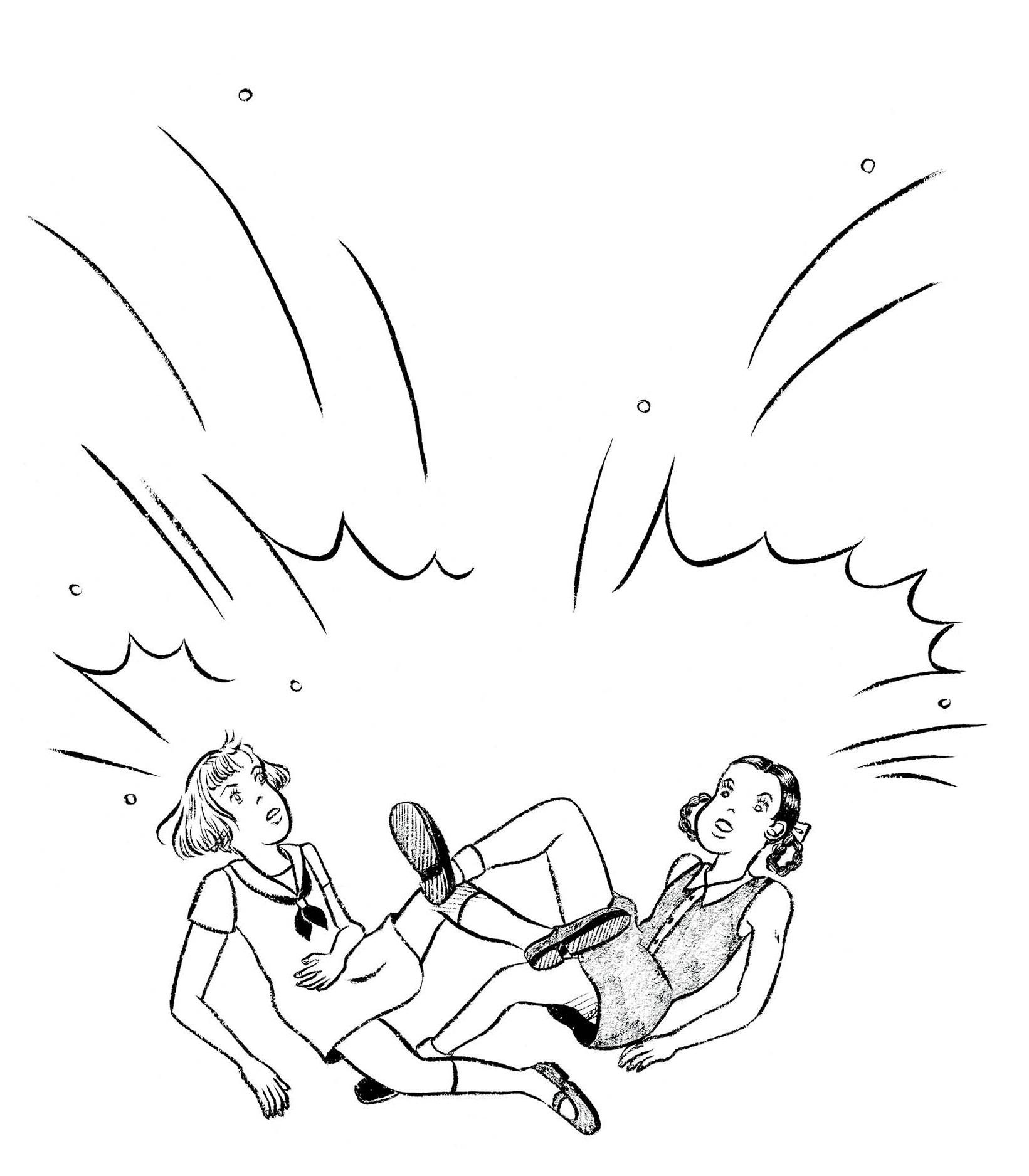Rumi Hara’s surrealist tales of sisterhood, hitchhiking and orgies
Away from her commercial commissions for clients like BuzzFeed, the New Yorker and Ogilvy & Mather, the New York-based, Japanese-born illustrator lets her imagination (and pens) run wild
Born in Japan and now living in Queens, New York, illustrator and cartoonist Rumi Hara’s practice spans commercial projects; zines; single-panel large-scale comics and graphic novels.
Her first comic book, Nori, came out in 2020 through renowned Canadian cartoonist publisher Drawn & Quarterly, and tells the story of a little girl growing up in 1980s suburban Japan, who goes on adventures with her grandma while weaving in various traditional Japanese legends.
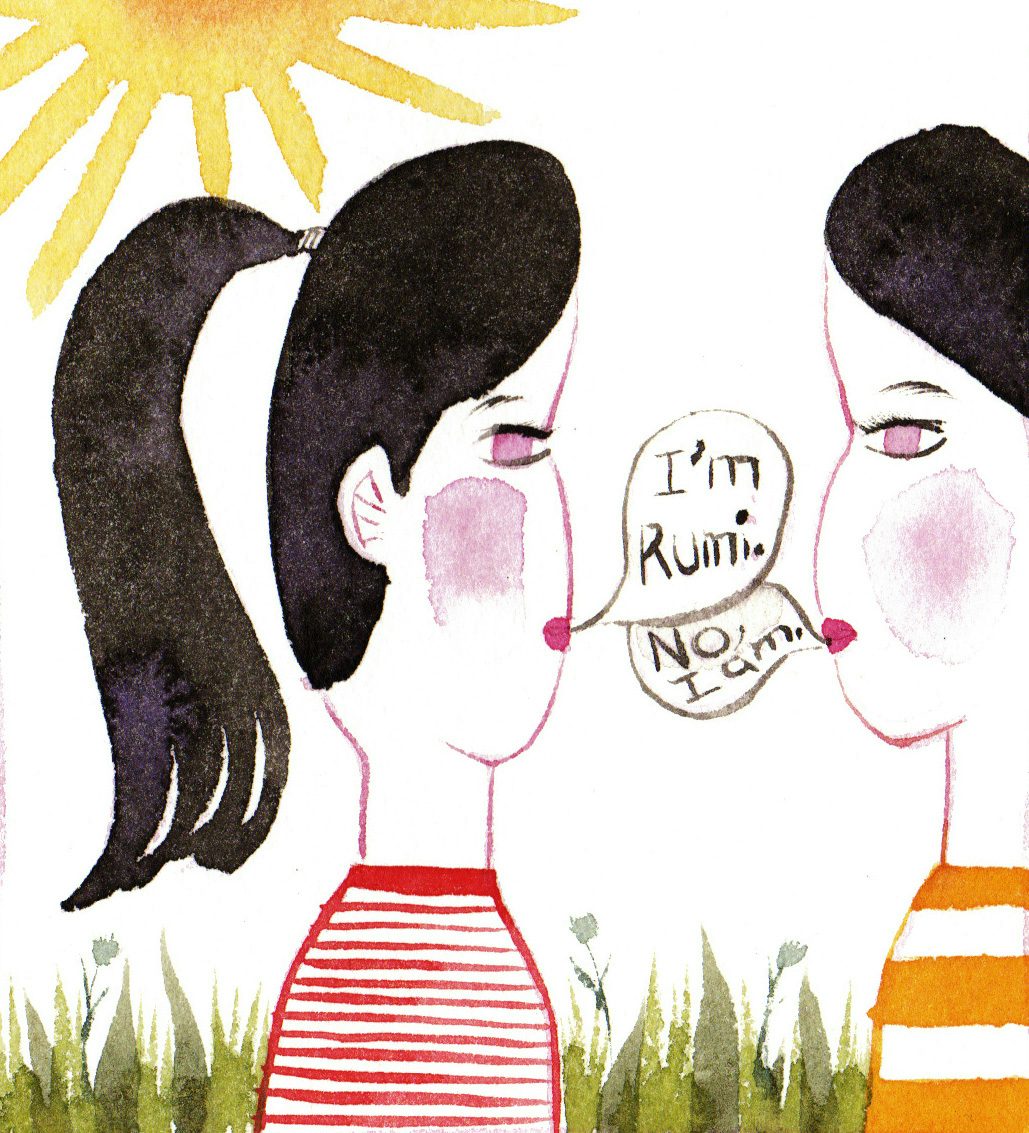
Her latest book, which comes out in mid-May (again through Drawn & Quarterly) is mostly rooted to American soil, however. Titled The Peanutbutter Sisters and Other American Stories, the publisher describes the book as “a surrealist American canon”, comprised of seven short stories and punctuated with a series of drawings titled The Builder.
And it certainly is surreal: in the titular story, the sisters’ fairly pedestrian car journey transforms into ‘whale hitchhiking’ in a page, as if Moby Dick-style transportation were completely normal. The tone changes in a single panel; as strangely humorous as the whale is, the following image not-so-subtly comments on climate change by noting that whale transportation is harder to come by these days, thanks to the volume of litter floating about in the ocean.
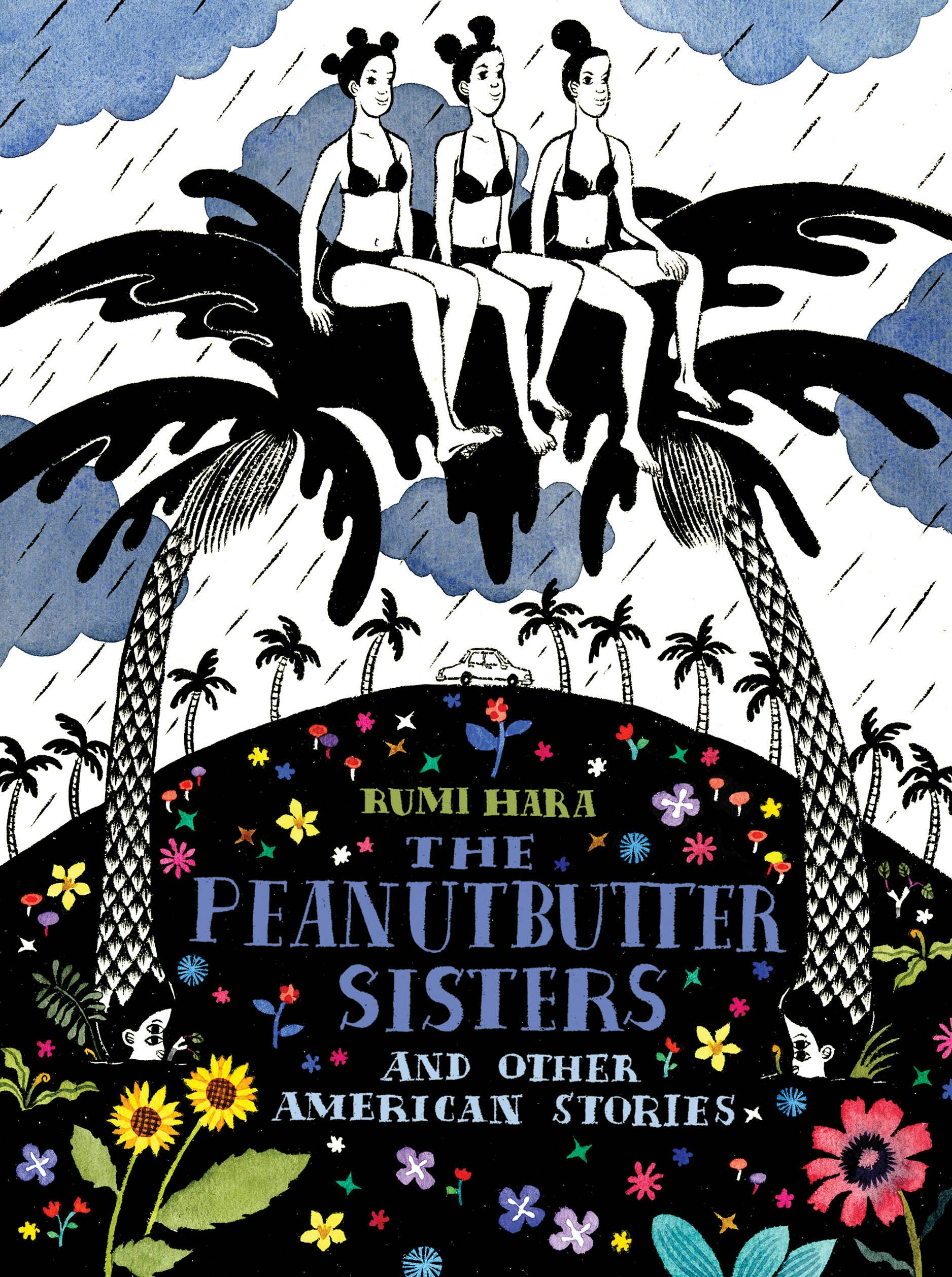
Living Things, meanwhile, is set on earth in 2099 — a time when press reporters have largely been replaced by drones, vehicles can now travel faster than the speed of light and “sports are now delegated to robots” except for one race: The Intergalactic Race of Living Things. This strange sci-fi tale feels like a beautiful excuse for Hara to let loose with her style and subjects, as panels are filled with gargantuan tortoises, cute space bunnies, a rather spooky goat and a trio of headless lizards.
The stories veer from empowering ‘sisters doing it for themselves’ stuff to creepy men to wordless narratives powered by vast bubblegum spheres and a man whose orgy-laden life is blighted by the fact that when he sees a bellybutton, he gets vertigo.
Hara’s illustrative range is clear not only in the breadth of her subjects and themes, but in style: bar one, her comics are in stripped-back black-and-white, with a loose, fluid style. Then for the final comic, Bombadonna, colours are introduced mostly as peachy, fleshy hands that feel as much like symbols or icons as comic panels. Her textures and tones are beautiful, with the details in the fingers and knuckles giving a nice contrast to the more abstracted way she depicts scenes like forest backdrops.
Likewise, the black-backdropped spreads from The Builder that sit between the stories are a stark departure: bold, graphic and with flashes of vibrant pinks, reds and blues, they distil what seems to be a favourite theme of Hara’s: powerful, strong (literally here, carrying vast hunks of timber) sexually liberated women doing their own thing.
For all the surreal moments, The Peanutbutter Sisters and Other American Stories feels both smart and oddly relatable. BoJack Horseman production designer and Tuca and Bertie creator Lisa Hanawalt sums it all up pretty well, saying The Peanutbutter Sisters is “untethered to reality but also the realest thing you could read”.

The Peanutbutter Sisters and Other American Stories is published by Drawn & Quarterly; drawnandquarterly.com

